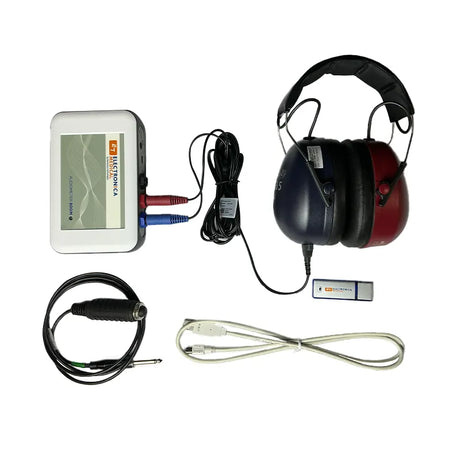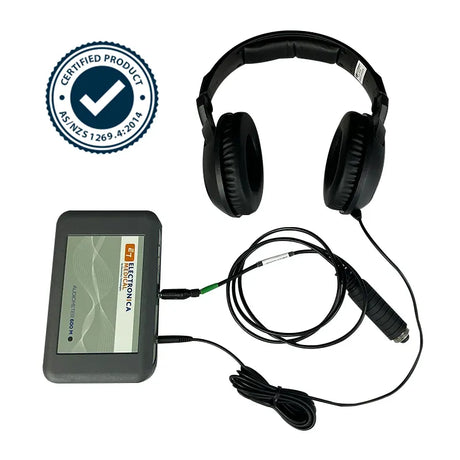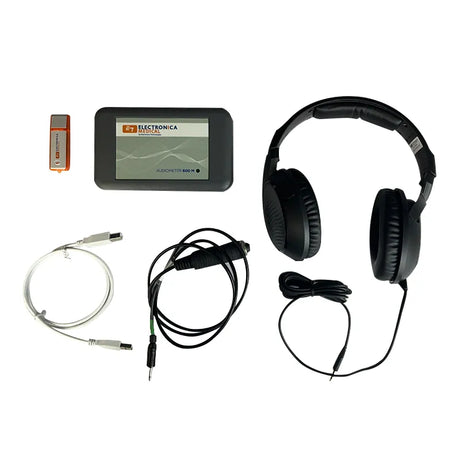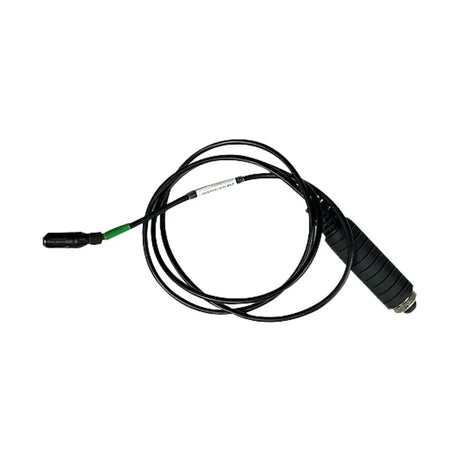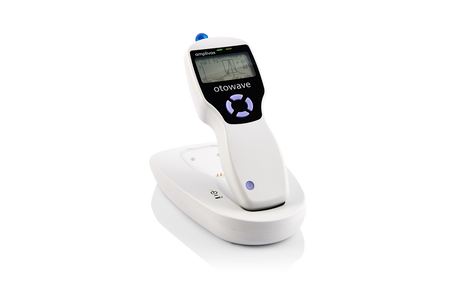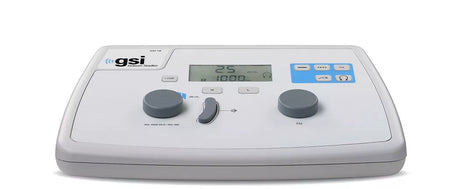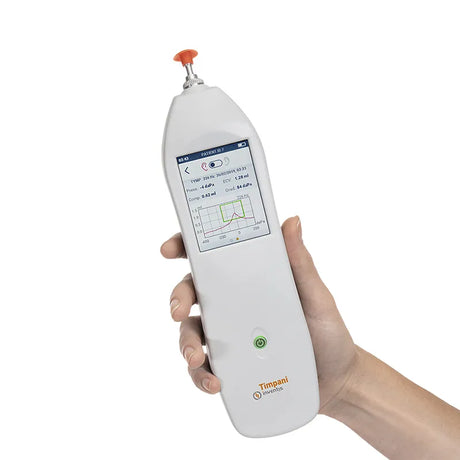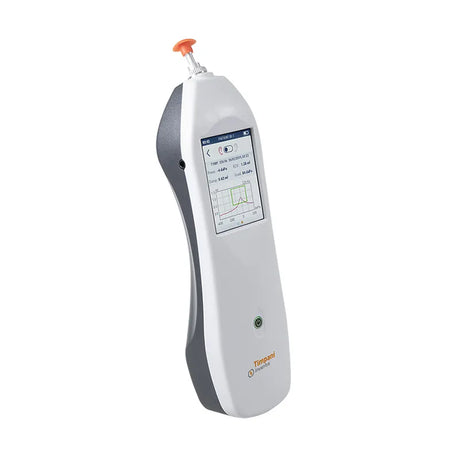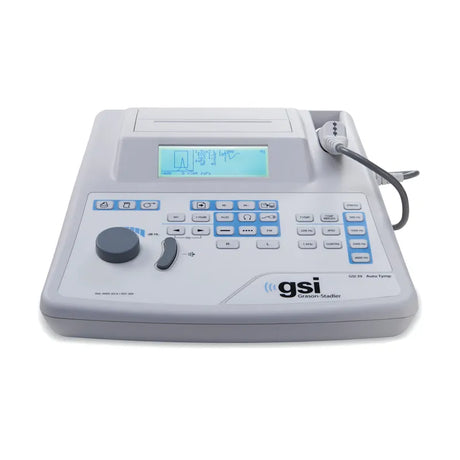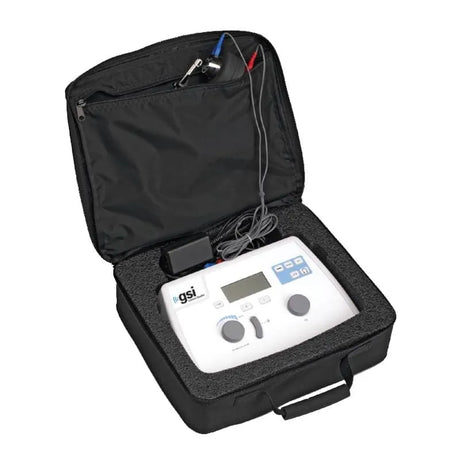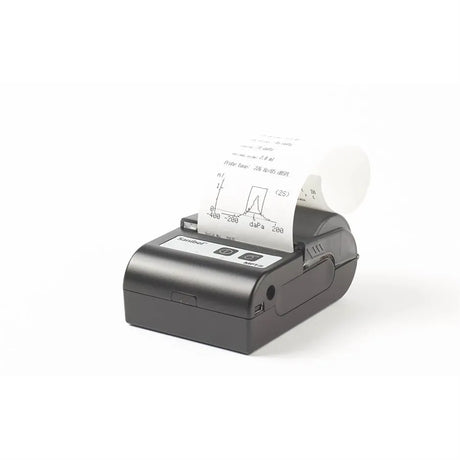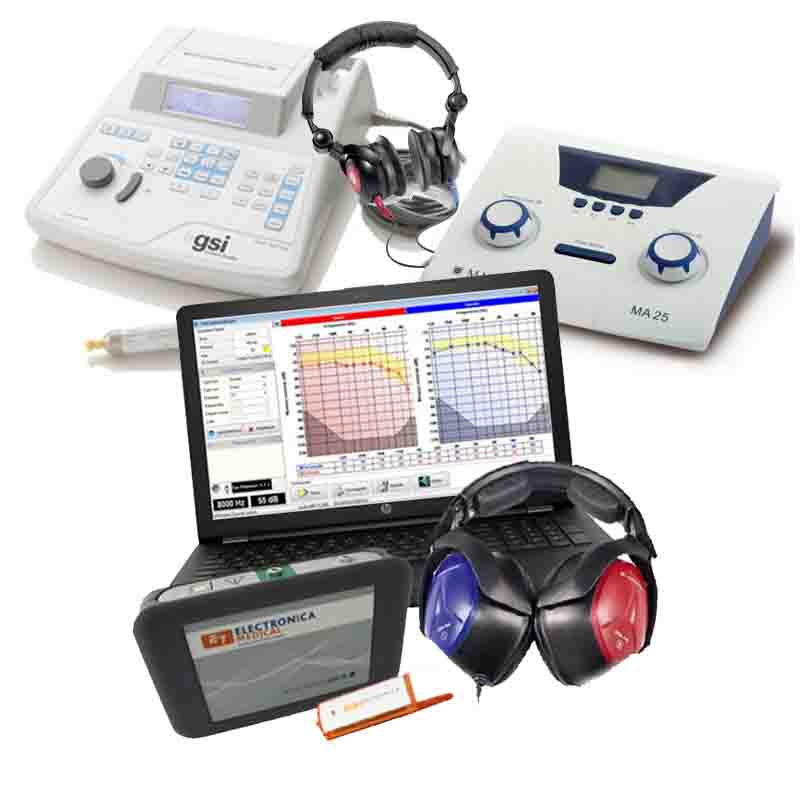Electronica 800M PC Based Audiometer
$3,750.00$3,299.00 ex GST ($3,628.90 inc GST)Unit price /UnavailableElectronica 600M PC Based Audiometer
$2,999.00 ex GST ($3,298.90 inc GST)Unit price /UnavailableAmplivox Otowave 102 Portable Tympanometer
From
$3,199.00 ex GST ($3,518.90 inc GST)To
$5,299.00 ex GST($5,828.90 inc GST)Unit price /UnavailableElectronica 600M Patient Response Handswitch 3.5mm jack
$155.00 ex GST ($170.50 inc GST)Unit price /UnavailableAmplivox Otowave 102-C Handheld Tympanometer with Docking Station
$5,899.00 ex GST ($6,488.90 inc GST)Unit price /UnavailableInteracoustics AS608e Screening Manual Portable Audiometer Extended
$3,700.00$3,599.00 ex GST ($3,958.90 inc GST)Unit price /UnavailableGrason Stadler GSI 18 Manual Screening Audiometer
$2,899.00 ex GST ($3,188.90 inc GST)Unit price /UnavailableModular Audiometric Booth - Flat Pack
From
$0.00 ex GST ($0.00 inc GST)To
$12,999.00 ex GST($14,298.90 inc GST)Unit price /Unavailable$0.00 ex GST ($0.00 inc GST)Unit price /UnavailableInventis Timpani Tympanometer Docking Station
$699.00 ex GST ($768.90 inc GST)Unit price /UnavailableInventis Timpani Handheld Automatic Tympanometer
$4,899.00 ex GST ($5,388.90 inc GST)Unit price /UnavailableInventis Timpani - Reflex License Plus
$459.00 ex GST ($504.90 inc GST)Unit price /UnavailableGrason Stadler GSI 39 Tympanometer
From
$7,999.00 ex GST ($8,798.90 inc GST)To
$12,500.00 ex GST($13,750.00 inc GST)Unit price /UnavailableGrason Stadler GSI 18 Protective Carry Case
$699.00 ex GST ($768.90 inc GST)Unit price /UnavailableMaico Soft Carry Case for MA1 and MA25 Audiometer
$0.00 ex GST ($0.00 inc GST)Unit price /UnavailableSantibel MPT-II Thermal Printer for Amplivox Audiometers
$799.00 ex GST ($878.90 inc GST)Unit price /Unavailable


